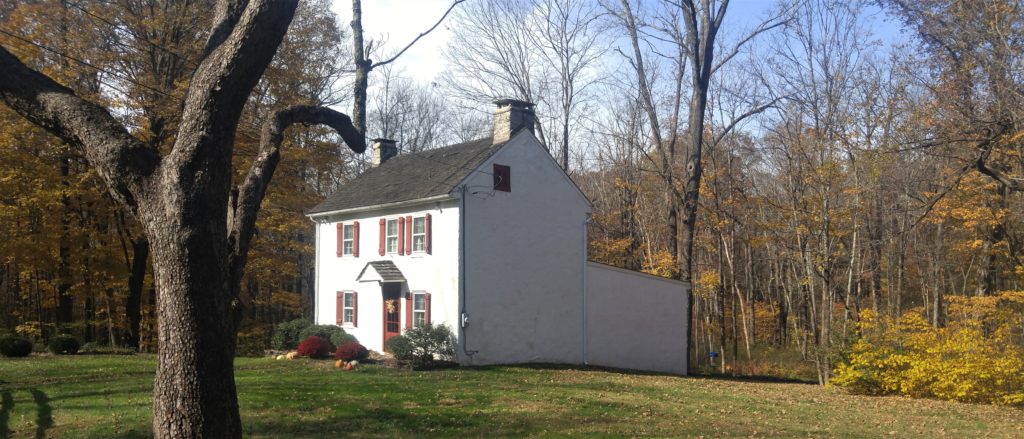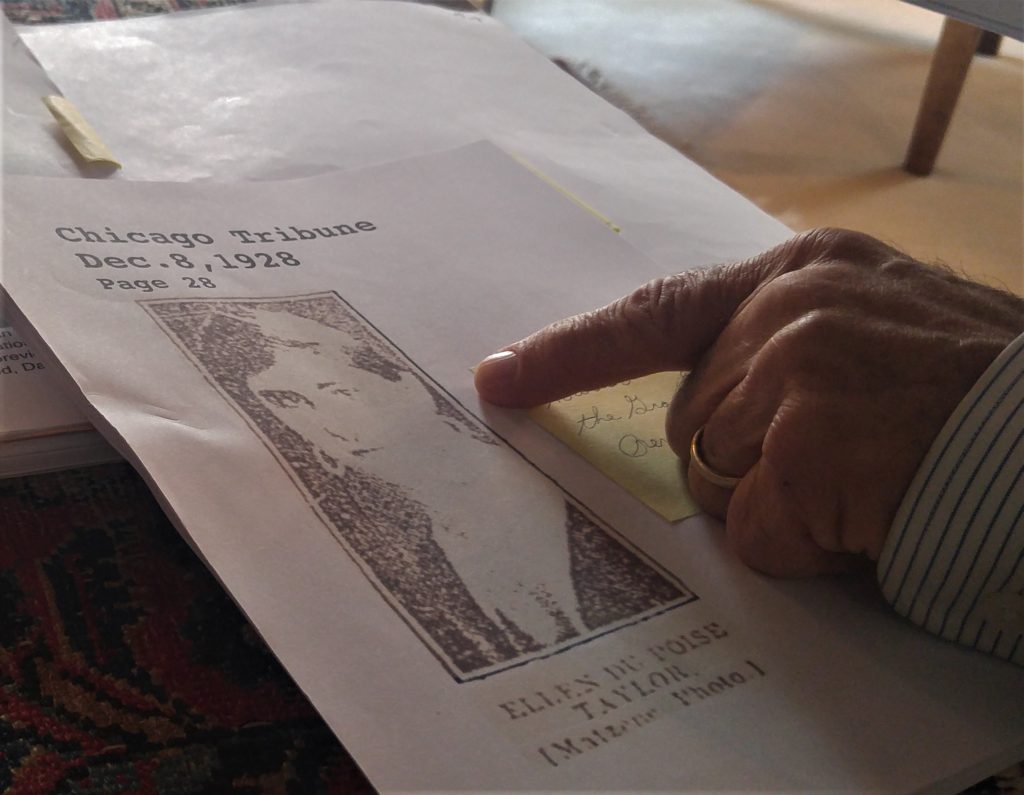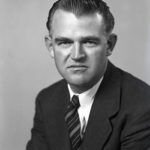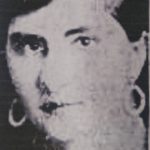Ancient Bucks home recalls Revolutionary War patriots, American educators, Paris in the 1920s and WWII spies.
A stone farmhouse built in 1750 in Upper Bucks speaks to the current owners. They hear the voices of patriots in the American Revolution. They hear brothers who became famous ministers and educators in the mid-1800s. There’s also the voice of a Penn University archeologist and American spy in the Middle East during World War II. And the voice of his wife, a Paris-based journalist and novelist who counted among her friends Alice B. Toklas, Ford Maddox Ford, Stella Bowen, Ernest Hemingway and many others of the Parisian cultural scene of the 1920s and ’30s.

Recently, Karen and Joe, both retired Montgomery County teachers, invited me to visit their white stucco, two-story home on a remote Haycock Township road to sample its three-century history and hear tales retold. The couple bought the home in 1979, expanded it and added extensive antique furnishings and wall decorations. Along the way they’ve been researching deeds. It’s led them down paths to former owners who lived remarkable lives.
One of the earliest was Phillip Pearson who during the American Revolution in 1776 served on Bucks County’s “Committee of Safety”. Most counties in the Colonies had them to coordinate opposition to England. They essentially took control of local government and interrogated anyone suspected of trying to undermine the American cause. The purpose was to identify, denounce and shun political offenders, imposing a form of “civic excommunication,” according to historian T. H. Breen. “Serving on committees of safety … was certainly not an activity for the faint of heart. The members of these groups exposed ideological dissenters, usually people well-known in the communities in which they lived.” Pearson’s committee not only outed Tory sympathizers but assessed fines against them, collected to support the poor in Boston and delivered to Sam Adams, Massachusetts delegate to the Continental Congress in Philadelphia.
In the 1800s, the Stahr family bought the Pearson house. Brothers John Summer Stahr and Isaac Summer Stahr were born there. Educated in Haycock’s one-room school, both became prominent Reformed Church of the United States ministers. John eventually served as president of Franklin and Marshall College in Lancaster from 1889 to 1909. The Stahr home remained in the family where many generations featured educators. “It’s incredible the number of teachers that came out of this house,” Joe smiled, to which I replied, “Including the two of you and your daughter Mandy (a Carbon County teacher).”

In 1949, Ellen du Poy Daniel purchased the house, installed indoor plumbing and otherwise renovated it while preserving its 18th century charm. She eventually sold it to Joe and Karen. She was a multi-lingual reporter for the Chicago Daily Tribune in the 1920s and ’30s, author of two novels and many short stories, one of which “Shades of George Sand” earned the prestigious O’Henry Memorial Award of 1927. Among her friends and acquaintances were Gertrude Stein (novelist/poet/playwright), Alice B. Toklas (Stein’s life-long partner and member of the Paris avante-garde), Ford Maddox Ford (controversial British author), George Dillion (editor and poet), Stella Bowen (British feminist), novelist Ernest Hemingway, poets T.S. Eliot and Ezra Pound plus many others of the “Lost Generation” of Paris. Ellen Daniel, born to a French father in South Dakota, disclosed in a biographical short story that her ancestral grandfather was the only male family member to escape the guillotine and flee to the U.S. at age 16 during the French Revolution.
In 1940, Ellen married University of Pennsylvania archeologist John Franklin Daniel III. The following year, they purchased a 24-acre farm they named Tohickon Meadows in Upper Bucks as their permanent home. Meanwhile, Daniel concentrated his archeological field research in Greece, Cyprus and Turkey. During World War II, he earned a Bronze Star as a Mideast spy for the Office of Strategic Services, an intelligence arm of the U.S. government. While I was thumbing through material about the archeologist, Karen noted his OSS code name was “Duck.” Joe chimed in his OSS associate had the code name “Daffy”.


After scouting an archeological site in Kourin, Turkey in 1948, Daniel died suddenly of an apparent heart attack. Some believe poisoning caused his death at 39. It was a staggering blow to Penn which had just named him director of the university museum.
After her husband’s death, Ellen Daniel sold Tohickon Meadows and purchased the home in Haycock on a 3.5-acre site. There she continued her literary pursuits and close friendships. Today, Karen and Joe continue to pursue historical leads related to their home. Lately they’re honing in on what came of Tohickon Meadows. So far, they’ve discovered most is at the bottom of Lake Nockamixon though a house might remain. “We keep going,” smiled Karen. Joe, on his knees flipping through historic documents over spilling his coffee table, agreed. “It’s been our hobby.”
Sources include “American Insurgents, American Patriots: The Revolution of the People” by T.H. Breen published in 2010; “Classical Spies: American Archeologists with the OSS in World War II Greece” by Susan Heuck published in 2011; voluminous records on Ellen du Poy Daniel obtained by the owners of her Haycock house; and “John Franklin Daniel III: The Director Who Never Was” by Alessandro Pezzati published in 2015 in Penn Museum’s “Expedition Magazine”.

